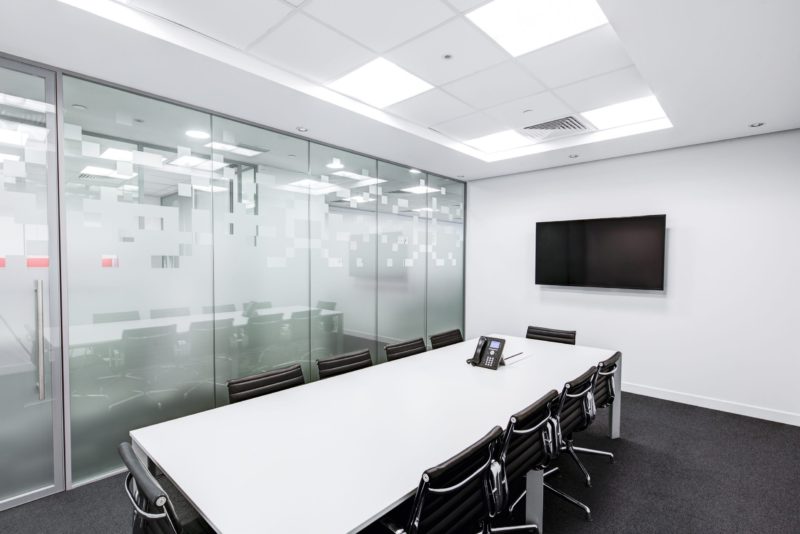Employee engagement and well-being are considered significant factors in workplace productivity, and savvy businesses have made changes to everything from health plans to the office environment to try and unlock further potential.
However, during 2016 UK workforces were 31% less productive than those in the US and 17% less productive than the rest of the G7 countries, according to the Office for National Statistics (ONS).
Here, Matthew Dingwall, Head of e-Commerce at Lightbulbs Direct, an online light bulb retailer which has been supplying lighting to businesses for nearly fifteen years, discusses how lighting can make a real difference to the productivity levels in your office.
Can you improve productivity with just the flick of a switch?
There are several studies that support the link between lighting and productivity. Research conducted by the American Society of Interior Design found that 68% of employees complain about the lighting situation in their offices.[1]
The impact of lighting is so strong that people who work in harsh artificial light are more likely to feel tired towards the end of the working day, whereas those who work in more natural lighting are able to continue working for longer.
Similarly, a new study by Mohamed Boubek titled, ‘Impact of Workplace Daylight Exposure on Sleep, Physical Activity, and Quality of Life’, concludes that there is a strong relationship between workplace daylight exposure and office workers’ sleep, activity and quality of life. [2]
One way of improving office conditions is to install light bulbs which mimic daylight. These light bulbs, known as “full spectrum lighting”, imitate the benefits your body receives from natural light, helping to reduce eyestrain, headaches and tiredness.
What can offices do to increase productivity and well-being?
Try and allow as much natural light as possible into the office, as exposure to natural light is beneficial to workers who are cooped up in an office all day. As well as positive physical effects, exposure to enough natural light has been found to decrease depression and improve mood, energy, alertness and productivity. [3]
To complement natural lighting, replace your current lighting with ‘blue-enriched’ light bulbs or ones that mimic daylight. A 6500K range light bulb is a good option, as it daylight qualities has the least strain on eyes, making it a good option for boosting productivity.
Make sure to regularly replace and fix any broken light fixtures as a flicker or a room not being bright enough can lead to eyestrain, blurred vision, dry eyes and headaches.
Taking these preventative measures into account when it comes to office lighting should ensure you have more productive employees and an overall more positive workplace.
For more information read our guide: Choosing Daylight Bulbs
